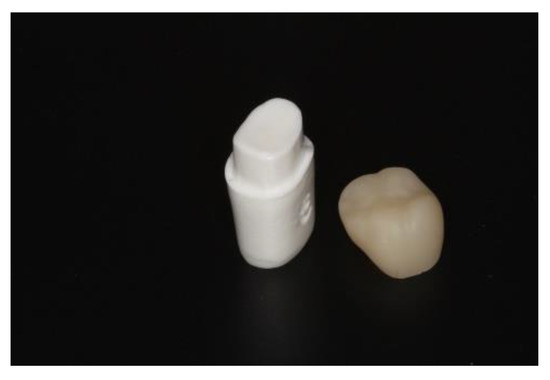State-of-the-Art Dentistry and Oral Health
A topical collection in Applied Sciences (ISSN 2076-3417). This collection belongs to the section "Applied Dentistry and Oral Sciences".
Viewed by 11461Editors
Interests: fixed prosthodontics; implant dentistry; aesthetic dentistry
Special Issues, Collections and Topics in MDPI journals
Interests: oral microbiology; restorative dentistry
Interests: oral surgery; minimally invasive surgery; postoperative morbidity; dental implants; bone substitutes; block graft; bone graft
Special Issues, Collections and Topics in MDPI journals
Interests: soft and hard tissue reconstruction
Special Issues, Collections and Topics in MDPI journals
Interests: biofilm; bacterial resistance; persistent infection; bacterial colonization
Special Issues, Collections and Topics in MDPI journals
Topical Collection Information
Dear Colleagues,
Dentistry and oral health developments are continuously ameliorating the level of dental practice. Recent advances in digitalization and computerization are likely to redefine most manufacturing processes and treatment approaches in their effectiveness and attractiveness. Evidence-based data provide us with the necessary information to refine clinical practice in dentistry, oral health, and quality of life. However, a considerable research effort is still required to achieve these methods with unique skills and the ability to cooperate, study, and adjust to continuously evolving conditions and tasks.
The present Special Issue will focus on breakthrough valuable research in dentistry and allied disciplines to provide evidence-based information that will contribute to improve dental treatments and oral health.
Prof. Joseph Nissan
Prof. Shlomo Matalon
Prof. Gabi Chaushu
Prof. Carlos E. Nemcovsky
Dr. Eyal Rosen
Collection Editors
Manuscript Submission Information
Manuscripts should be submitted online at www.mdpi.com by registering and logging in to this website. Once you are registered, click here to go to the submission form. Manuscripts can be submitted until the deadline. All submissions that pass pre-check are peer-reviewed. Accepted papers will be published continuously in the journal (as soon as accepted) and will be listed together on the collection website. Research articles, review articles as well as short communications are invited. For planned papers, a title and short abstract (about 100 words) can be sent to the Editorial Office for announcement on this website.
Submitted manuscripts should not have been published previously, nor be under consideration for publication elsewhere (except conference proceedings papers). All manuscripts are thoroughly refereed through a single-blind peer-review process. A guide for authors and other relevant information for submission of manuscripts is available on the Instructions for Authors page. Applied Sciences is an international peer-reviewed open access semimonthly journal published by MDPI.
Please visit the Instructions for Authors page before submitting a manuscript. The Article Processing Charge (APC) for publication in this open access journal is 2400 CHF (Swiss Francs). Submitted papers should be well formatted and use good English. Authors may use MDPI's English editing service prior to publication or during author revisions.
Keywords
- oral rehabilitation and dental implants
- periodontics and oral surgery
- pedodontics and orthodontics
- endodontics and microbiology
- oral pathology—medicine and oral biology
- dental materials and nanotechnology















